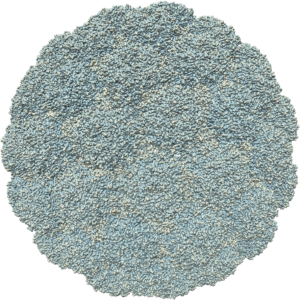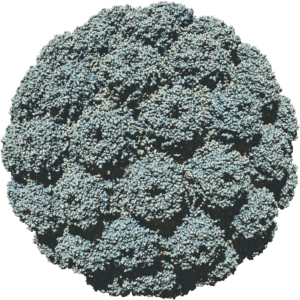In the second half of April, I had the pleasure to attend the 10th IEEE Pacific Visualization Symposium, usually called “PacificVis”. PacificVis is an annual scientific conference where numerous visualization researchers not only from Asia but also from all over the world present their research. It is the premier venue for visualization research in the Asian-Pacific region. This year, PacificVis was hosted by the Seoul National University in South Korea.
The scientific program consisted of 30 full paper presentation, 14 short paper presentations (called Visualization Notes at PacificVis), posters for late-breaking results, a Visual Storytelling contest (which was new in this year), and keynotes by David Ebert (pictured) from Purdue University in the U.S. and Gerard Jounghyun Kim from Korea University in Seoul. As always, the program was topped off by the welcome reception on the first evening and the conference banquette on Wednesday, which are a nice opportunity to chat with the other conference attendees and get to know new people.
I gave a talk at PacificVis about our Notes paper Implicit Sphere Shadow Maps. It is noteworthy that the paper was co-authored by three bachelor students (Sebastian Zahn, Tina Tremel, and Carsten Bahnmüller), who worked on the method as part of an undergraduate research project supervised by Guido Reina and myself. It presents a way to render high-quality soft shadows for particle data sets in real time. Shadows are an important depth cue that not only makes the rendered scene look more natural but also helps users to see the shape of a cluster spherical particles. Interactive computer graphics traditionally uses local lighting, since it is very cheap to compute. That is, a sphere be lit on the side that faces the light source, but it will be dark on the other side. However, if we use only local lighting, the sphere will not cast a shadow onto another sphere. Such cast shadows can be computed using a well-known method called shadow mapping. For our paper, we developed a method that improves the image quality of the shadows for spheres at low computational cost.
As shown in the images above, this can help to make structures in the data visible that were not observable when using only local lighting. Soft shadows are shadows with a penumbra, that is, a fuzzy region that is neither fully in the shadow nor fully lit. Almost all shadows in reality have a penumbra, but it is very hard to compute this effect physically correct. Therefore, we approximate this effect in our method to show the distance between an object and its shadow.
The project as well as my travel were funded by Deutsche Forschungsgemeinschaft (DFG) as part of Sonderforschungsbereich SFB 716.
Reference:
Michael Krone, Guido Reina, Sebastian Zahn, Tina Tremel, Carsten Bahnmüller, Thomas Ertl:
Implicit Sphere Shadow Maps. In: IEEE PacificVis – Visualization Notes 4 (2017).



